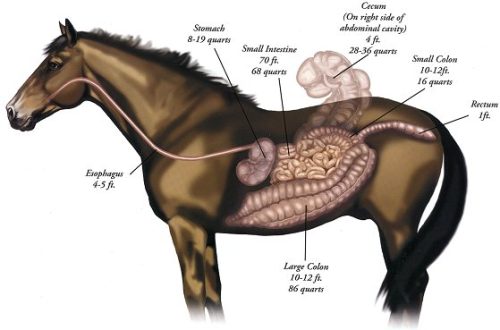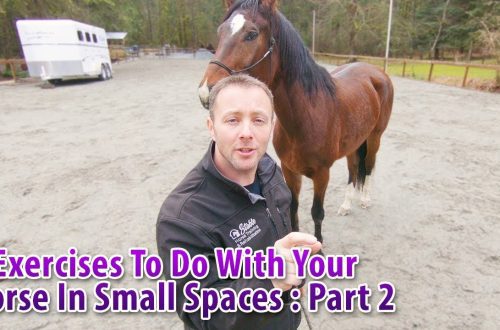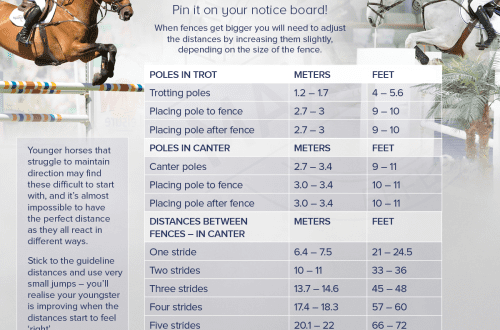
Throwing the stirrups
Throwing the stirrups
Riding without stirrups is a special challenge for beginner riders, but without it, nowhere! Maybe, when you hear the coach’s instruction, “Drop the stirrups!”, a chill runs down your spine. But is it worth it to worry?
Yes, riding without stirrups sometimes can seem like torture, especially if you’re riding a shaky horse. But at the same time, riding without stirrups is a great way to improve your posture and strengthen your legs. She teaches us how to balance in the saddle and develop an independent riding position. The ability to ride without stirrups with comfort and without risk is also useful in that you will no longer be afraid of emergency situations associated with the loss of a stirrup, whether they happen at home training or at competitions. Instead of panicking and slowing down/stopping your horse to pick up the stirrup, you can keep going until you pick it up again on the move.
Riding without stirrups for hours is not at all necessary – just leave them for 5-10 minutes at each workout.
Throwing the stirrups
Throw the stirrups down, pull the buckle of the putlisch down a couple of centimeters and throw the stirrups in front of the saddle cross over. Fold the putties together as tightly as possible so that you don’t feel a bulge under your feet.
Step
Start with a step. Walk around the arena or parade ground. Try to stay relaxed, hang your legs down. Find your balance in the middle of the saddle. Press evenly on both sitting bones. Keep your shins close to the horse’s sides, but do not cling to them. Sit nice and high.
Relax
If you feel a little tight, nervous while riding without stirrups, twist your shins as you walk. Draw circles in the air with your toes for a minute or two.
Lynx
Move to training trot. What for? You are likely to be kicked out of the saddle if you immediately try to trot. Ask the horse to slow down a bit and try to sit deep in the saddle. Consider sitting high and straight. Let your legs hang down as freely as possible, because if you cling to the horse with them, you will begin to knock yourself out out of the saddle and strain even more, and, accordingly, pinch and get nervous. Do your best to relax and try to follow your horse’s movements. Breathe deeply and slowly, this should help you relax.
Do not work at the training trot without stirrups for too long – the movements of an inexperienced rider can be very uncomfortable for the horse.
Once you’re comfortable with the training trot without stirrups, you can try posting. But this exercise is not easy!
Press your shins tightly against the sides of the horse and lean forward slightly. Your horse should make natural, pushing movements at the trot to “push” you out of the saddle. Try not to get too high and don’t flop into the saddle on landing. Your legs must support your weight and control your movements.
The first time you try a posting trot without stirrups, you can go into “survival mode” by sinking your knees into the saddle and leaning forward. Try to loosen your stranglehold, get up low, and let the rhythm of the trot help you get up from the saddle. Do only one or two circles around the arena at the posting trot – don’t overexert yourself, don’t work “through the pain”. Pay attention to the condition of the horse. If she plugs her ears and tails, then she is probably not happy with what is happening – take the stirrups and let her rest.
Gallop
You may be surprised to find that it is much easier to work without stirrups at a canter than at a trot, because the canter is a smoother gait. Have your horse come up into a canter (inner leg at the girth, outer leg pressing on the horse’s side behind the girth). As with the trot, try not to fall forward. Sit deep on your sitting bones. Ask the horse for a quick response to your cantering call. Don’t thump her endlessly or jump out of the saddle while she ignores your controls and trots.
At the canter, your legs should be at the side of the horse, but do not hold on to the horse with your knees.
Trotting on poles
Working without stirrups, you can trot over the poles. This exercise is performed at both training and posting trot. Lead the horse in the legs to encourage him to move actively and rhythmically on the poles. When riding on poles, you can practice a half landing.
Jumping
If you are able to work without stirrups at walk, trot and canter, then you can try to start over small obstacles. Put in some small crosses. Get into a jump position a few paces from the barrier, as with stirrups, and place your hands on the horse’s neck. Your first jumps may be awkward and you may lose your balance; that’s why it’s important to grab the mane so you don’t pull the horse’s mouth if you fall behind or get lost in the jump. You can put a special strap on the horse and hold on to it. When you land, sit in the saddle and keep your legs pressed against the sides of the horse.
If you feel like you might fall, or if you are making the horse feel uncomfortable by trying to regain balance and jumping in the saddle, bring the horse back to a walk and straighten yourself out. Riding without stirrups doesn’t have to be painful for you or your horse.
Yes, riding without stirrups is difficult, especially out of habit. But … I decided to ask what my student, who gives all her best at every training session, thinks about her:
— So, Mia, how do you like work without stirrups?
“This horse has a very bouncy trot and is very lazy at the canter, so sitting in a training trot and keeping balance while asking him to move forward is a challenge.
“So riding without stirrups is too tiring?”
– The most tiring thing is my attempts to save “face” and landing, working without stirrups. I feel terrible!
Do your legs hurt after training?
— Yes, they usually get sore immediately after work without stirrups, and then the next day. In the morning I do some stretching exercises and it helps.
– Do you plan to continue such training, despite the discomfort?
— Of course! Because I see the difference “before” and “after”. My legs are getting stronger every time, and I am becoming more confident in myself.
Leslie Ward (source); translation by Valeria Smirnova.





